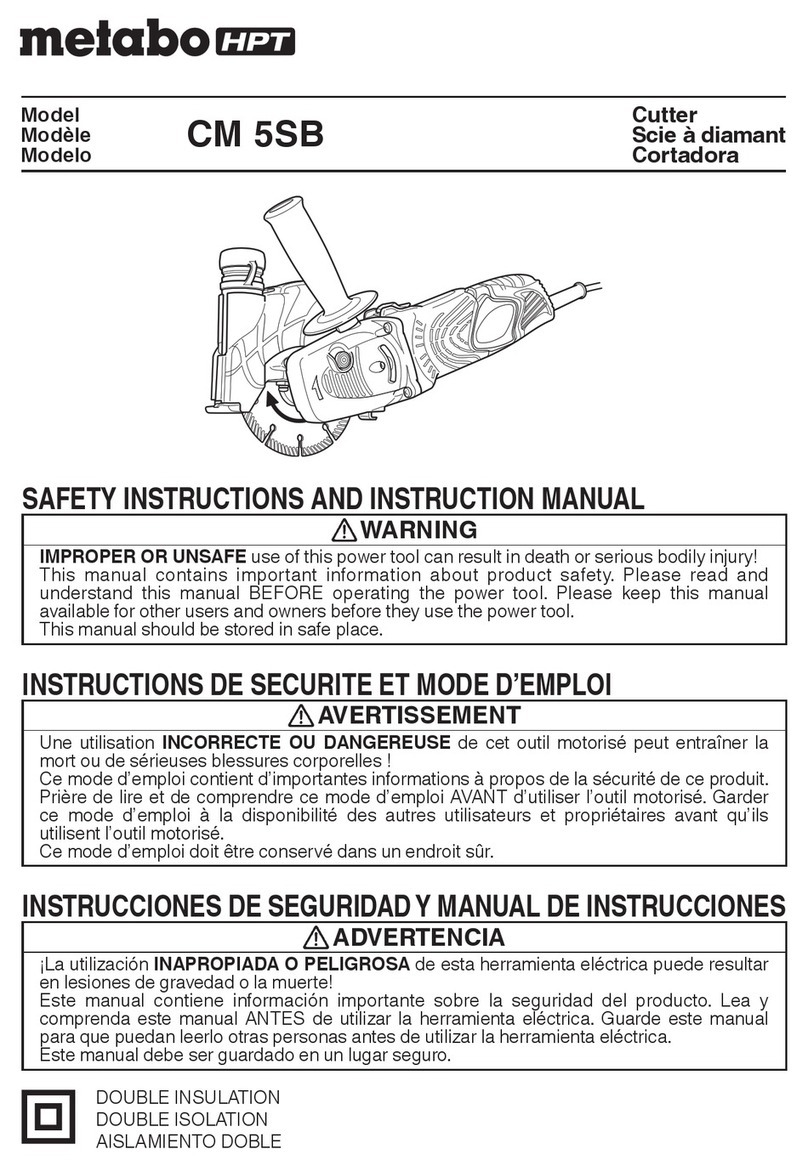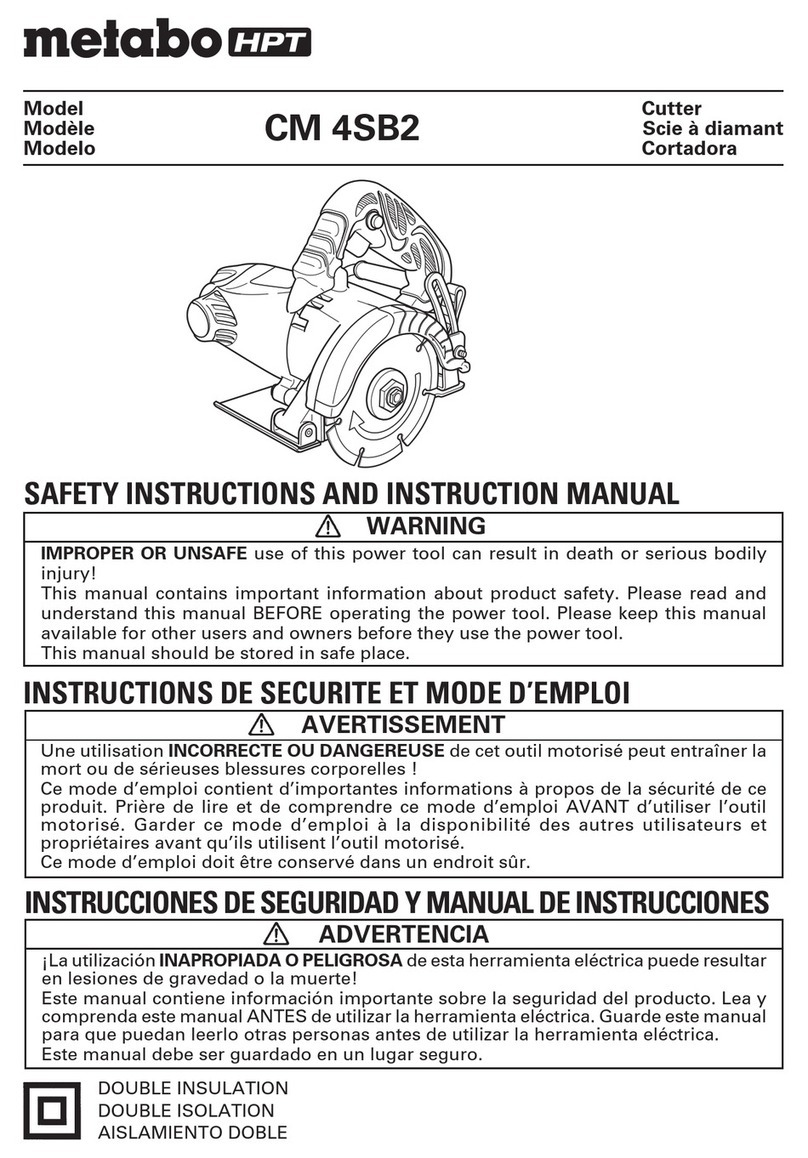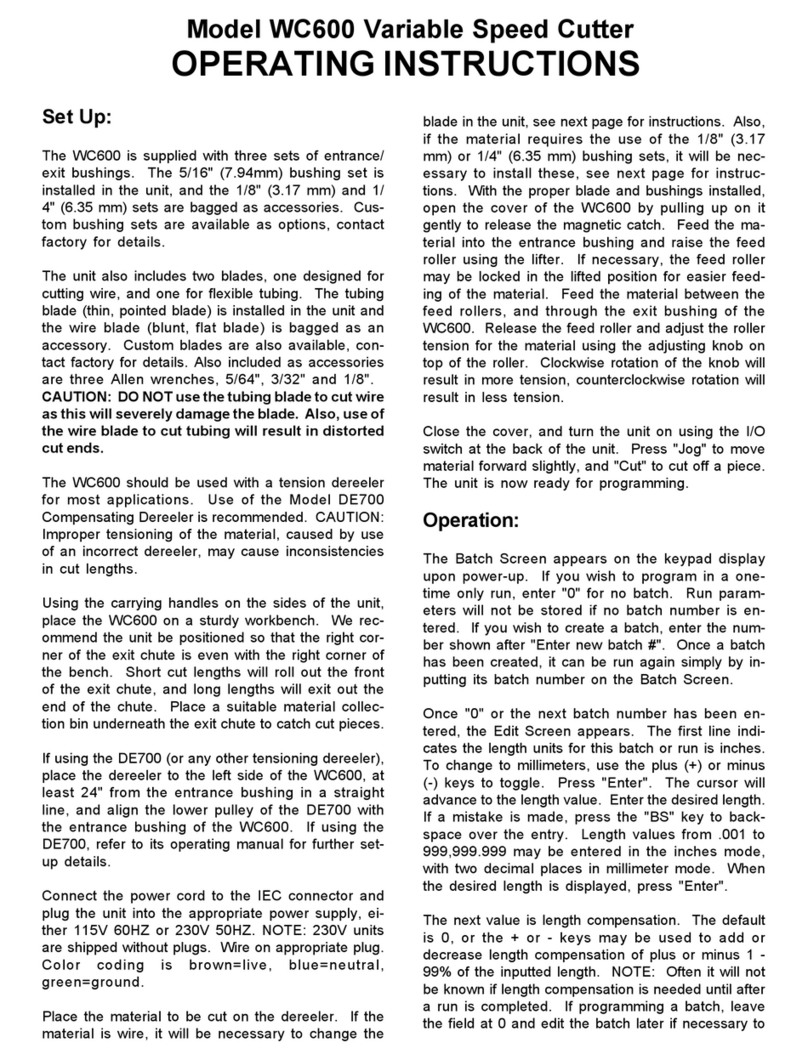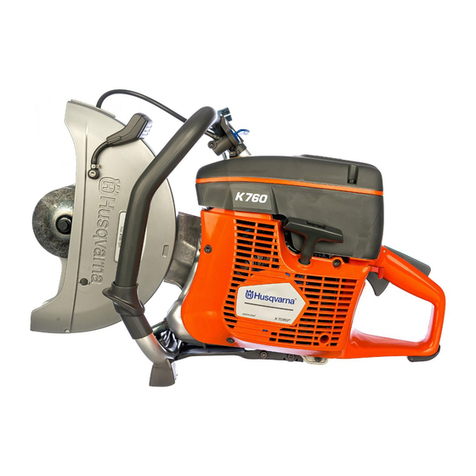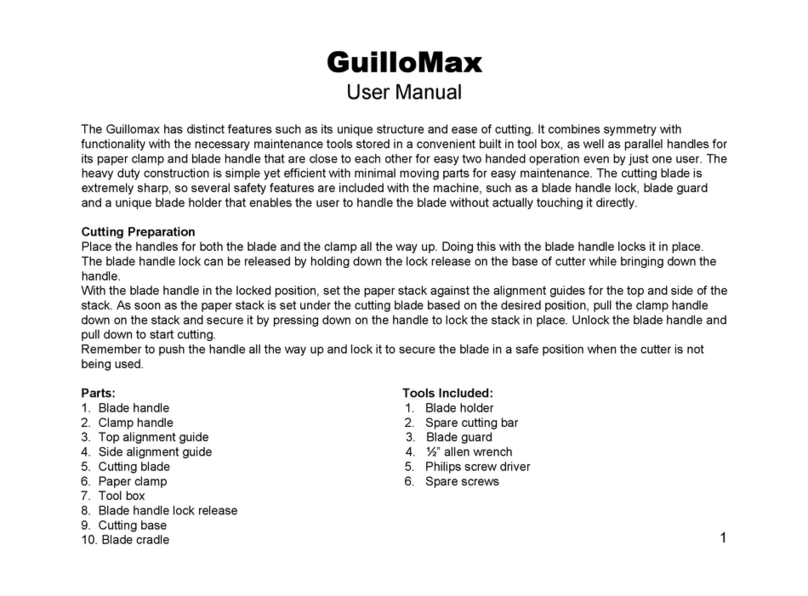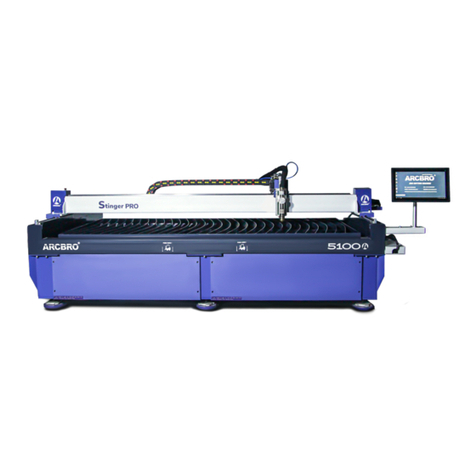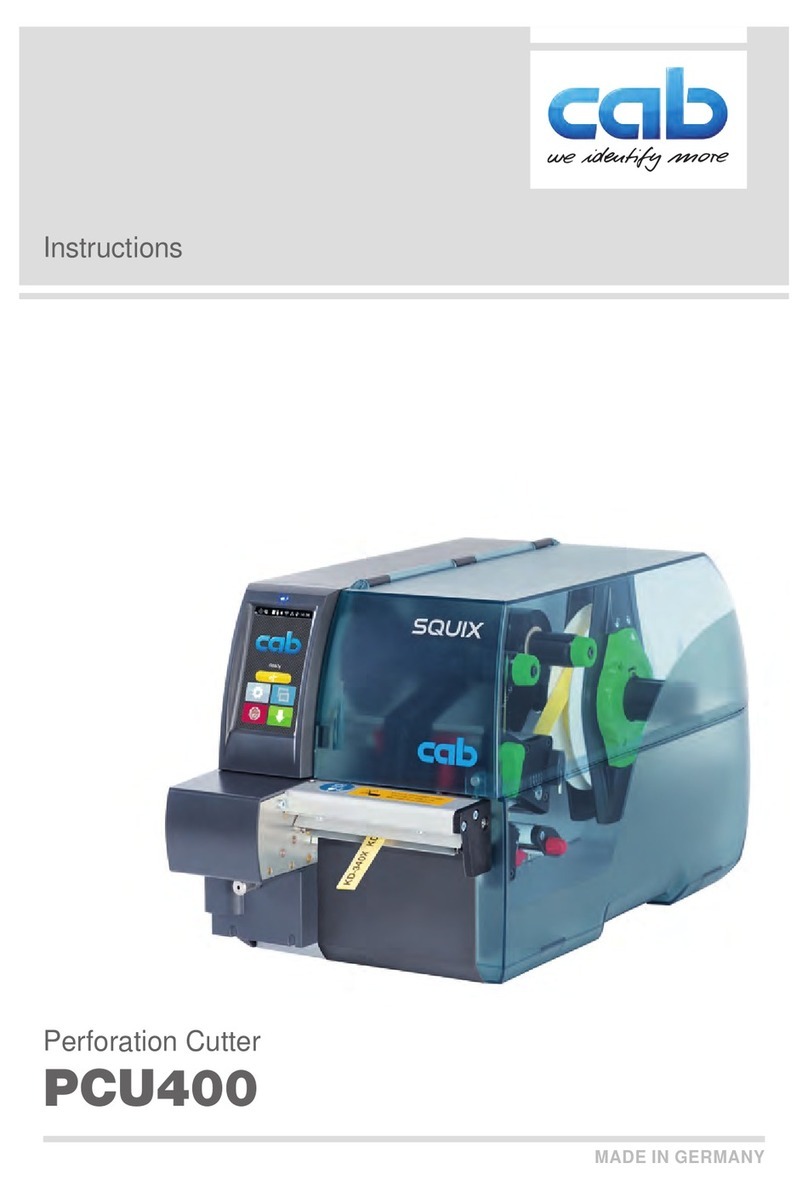
IMPORTANT INFORMATION ............................... 3
MEANINGS OF SIGNAL WORDS ........................ 3
SAFETY ...................................................................... 4
INPORTANT SAFETY INSTRUCTIONS FOR
USING ALL POWER TOOLS .......................... 4
SPECIFIC SAFETY RULES AND SYMBOLS ......... 6
REPLACEMENT PARTS ........................................ 7
USE PROPER EXTENSION CORD ........................ 8
DOUBLE INSULATION FOR SAFER
OPERATION ................................................... 9
FUNCTIONAL DESCRIPTION .................................. 10
NAME OF PARTS ................................................ 10
SPECIFICATIONS ................................................ 11
ASSEMBLY AND OPERATION ............................... 12
APPLICATIONS ................................................... 12
PRIOR TO OPERATION ....................................... 12
PICTGRAPH ILLUSTRATION AND
EXPLANATION ............................................. 13
HOW TO USE (CUTTING) ................................... 15
SERVICE LIFE AND REPLACEMENT
OF THE CUTTER .......................................... 16
HOW TO USE (BENDING) .................................. 17
MAINTENANCE AND INSPECTION ....................... 22
ACCESSORIES ......................................................... 23
STANDARD ACCESSORIES ............................... 23
OPTIONAL ACCESSORIES ................................. 23
CONTENTS
English Page Page
INFORMATIONS IMPORTANTES ...................... 24
SIGNIFICATION DES
MOTS D’AVERTISSEMENT ......................... 24
SECURITE ................................................................ 25
CONSIGNES DE SECURITE RELATIVES AUX
OUTILS ELECTRIQUES ................................ 25
REGLES DE SECURITE SPECIFIQUES ET
SYMBOLES .................................................. 27
PIECES DE RECHANGE ....................................... 28
UTILISER LE CORDON DE RALLONGE
APPROPRIÉ .................................................. 29
DOUBLE ISOLATION POUR UN
FONCTIONNEMENT PLUS SUR ................. 30
DESCRIPTION FONCTIONNELLE ........................... 31
NOM DES PARTIES ............................................ 31
SPECIFICATIONS ................................................ 32
ASSEMBLAGE ET FONCTIONNEMENT ................ 33
APPLICATIONS ................................................... 33
AVANT L’UTILISATION ...................................... 33
SCHÉMA ET EXPLICATION ................................ 34
UTILISATION (COUPE) ....................................... 36
DURÉE DE SERVICE ET REMPLACEMENT
DU COUTEAU .............................................. 37
UTILISATION (CINTRAGE) ................................. 38
ENTRETIEN ET INSPECTION .................................. 43
ACCESSOIRES ......................................................... 44
ACCESSOIRES STANDARD ............................... 44
ACCESSOIRES SUR OPTION ............................. 44
TABLE DES MATIERES
Français Page Page
INFORMACIÓN IMPORTANTE ........................... 46
SIGNIFICADO DE LAS PALABRAS DE
SEÑALIZACIÓN ............................................ 46
SEGURIDAD ............................................................. 47
NORMAS DE SEGURIDAD PARA LAS
HERRAMIENTAS ELÉCTRICAS ................... 47
NORMAS Y SÍMBOLOS ESPECÍFICOS DE
SEGURIDAD ................................................. 49
PIEZAS DE REEMPLAZO .................................... 50
UTILICE EL CABLE PROLONGADOR
ADECUADO .................................................. 51
AISLAMIENTO DOBLE PARA OFRECER
UNA OPERACIÓN MÁS SEGURA .............. 52
DESCRIPCIÓN FUNCTIONAL ................................. 53
NOMENCLATURA ............................................... 53
ESPECIFICACIONES ............................................ 54
MONTAJE Y OPERACIÓN ...................................... 55
APLICACIONES ................................................... 55
ANTES DE LA OPERACIÓN ................................ 55
ILUSTRACION PICTORICA Y EXPLICACION ..... 56
NOTAS SOBRE EL USO (CORTADORA) ........... 58
VIDA DE SERVICIO Y REEMPLAZO DE LA
CORTADORA ................................................ 59
NOTAS SOBRE EL USO (CURVADORA) ........... 60
MANTENIMIENTO E INSPECCIÓN ........................ 65
ACCESORIOS ........................................................... 66
ACCESORIOS ESTÁNDAR ................................. 66
ACCESORIOS OPCIONALES .............................. 66
ÍNDICE
Español Página Página






